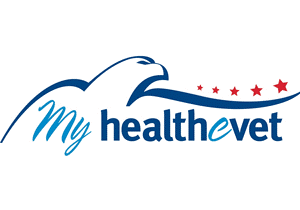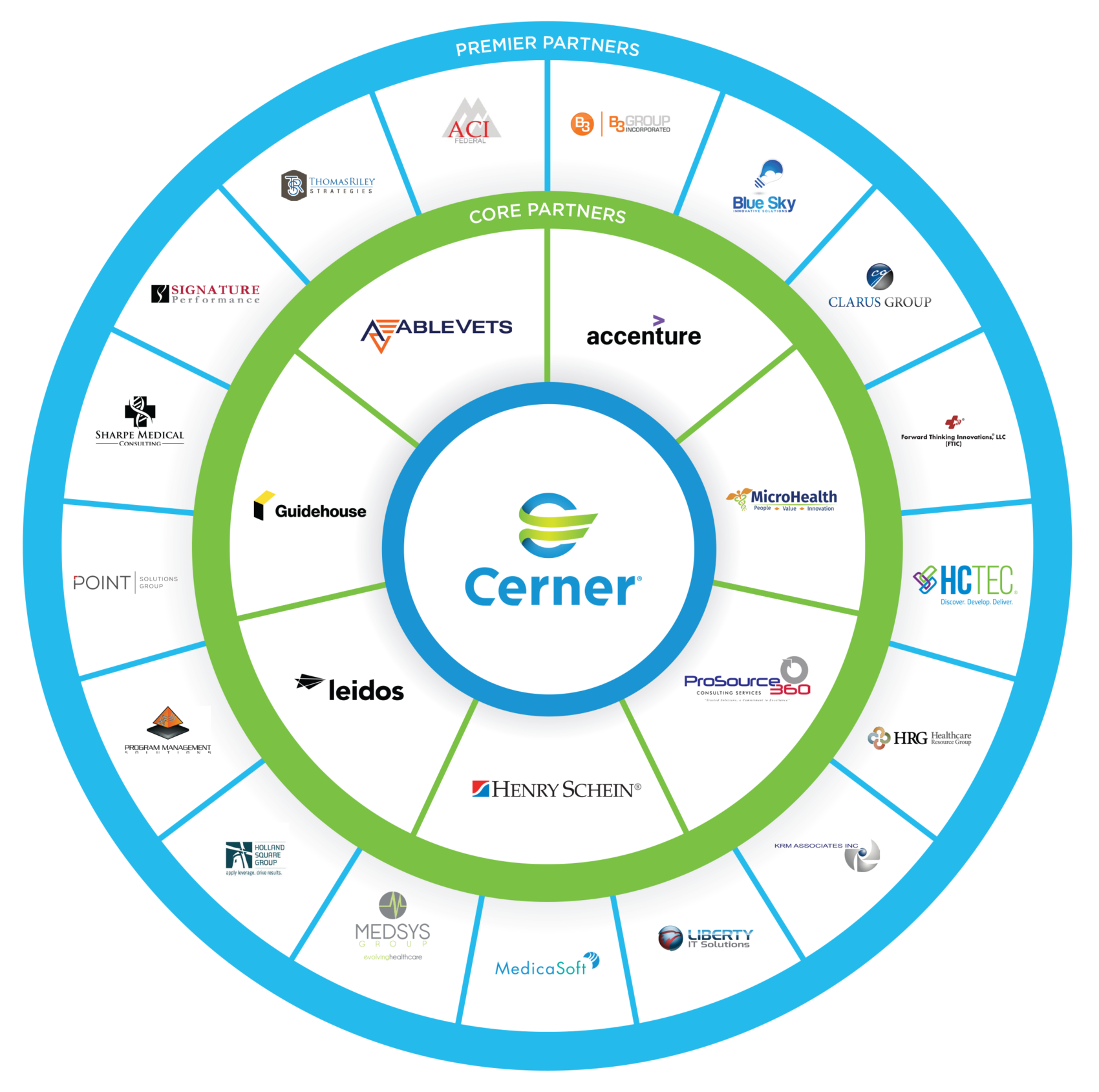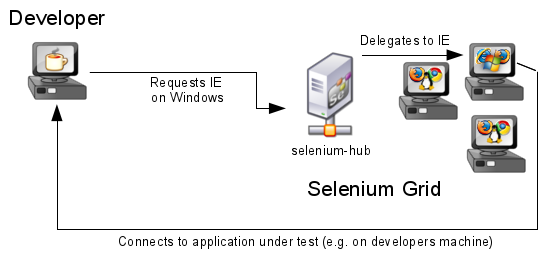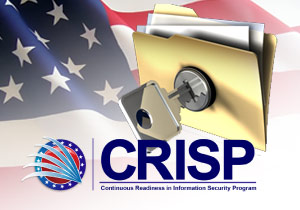Project Description
In cooperation with members of the Presidential Innovation Fellows (PIF) program conducted by the White House and in conjunction with the VA, members of KRM participated in a significant expansion of the VA’s Blue Button functionality within the My HealtheVet (MHV) application, the Veteran’s portal to their benefits and medical records. This expansion included the development of the Blue Button Document Adapter, a project done completely in open source, in which KRM developers were able to contribute code used in production VA systems to facilitate the acquisition, storage, and transmission of CCD XML documents for veterans.
Because of our innovative work on HealtheMe® and Blue Button, our team was sought after to participate in several key projects regarding the VA’s My HealtheVet personal health record. These projects focused on the addition of major functionality components and also called for the redesign of the platform in newer, open source technologies. These projects are summarized below:
MHV Web Site Re-design
Our team worked on the VA’s My HealtheVet (MHV) Web Redesign project which allowed for the use of new, open source frameworks and tools to re-architect the current MHV technology platform. We recommended and helped implement the Liferay open source content management system and participated in the creation of candidate architectures and prototypes for future iterations of MHV in order to increase its efficiency, capacity and performance through the use of “cloud ready” and open source technologies.
MHV System Re-engineering
Our developers and quality assurance personnel worked on the implementation of the technologies recommended in the MHV Web Site Re-design project. KRM developers have been intimately involved in all aspects of the development from writing Liferay portlets to developing backend services using a WebLogic application server and Oracle database. Our quality assurance personnel introduced the Selenium IDE plugin for Mozilla’s FireFox browser for automated software testing. While the MHV project did not use Selenium as a primary tool for testing, the tool helped make testing faster and easier when used in specific cases. The Selenium tool made repetitive testing steps easy to test by automating them. Recorded test cases are then run with a click of a button, returning a list of all steps passed and failed, as well as some details for the test failures. Another use case for this tool is in the situation where large amounts of test data need to be added to the application. As with the test scripts, the user simply records the process of entering all of the needed data, then recorded procedure is played back prior to beginning testing to ensure that each repetition is done under identical conditions, with identical data.
MHV Core
KRM has provided development and dev-ops support for the My HealtheVet website creating feature sets to support viewing and downloading of medical images. Our developers have created prototype lightweight, zero-footprint viewers, written in Javascript and HTML5, for online viewing of medical images to provide guidance for the business stakeholders as they create new requirements for Blue Button Medical Imaging. Additionally, KRM developers have developed a Docker container solution to replace virtual machines that are used on MyHealtheVet developer workstations, providing a lighter weight and more dynamic footprint for the development environment.





